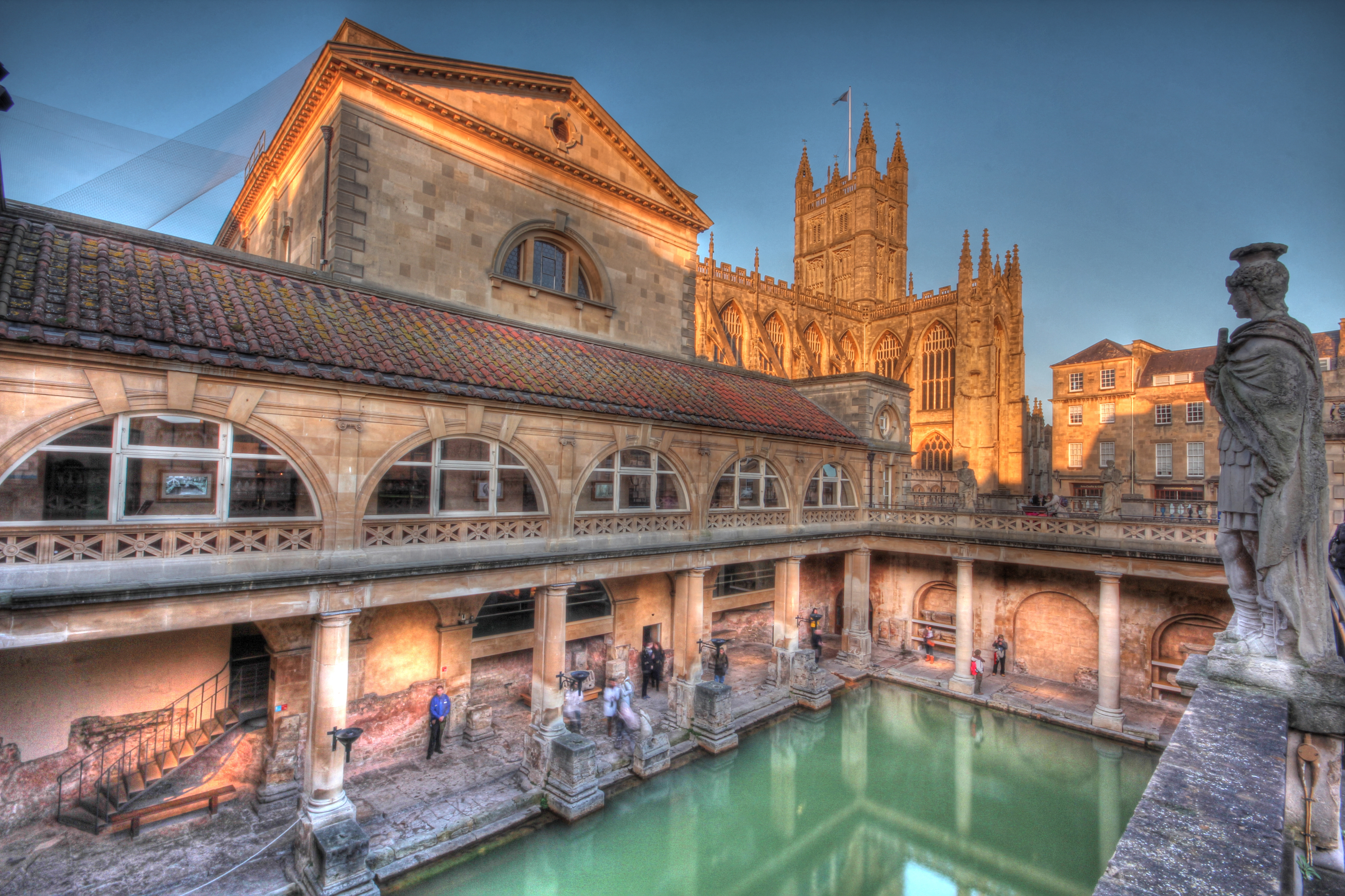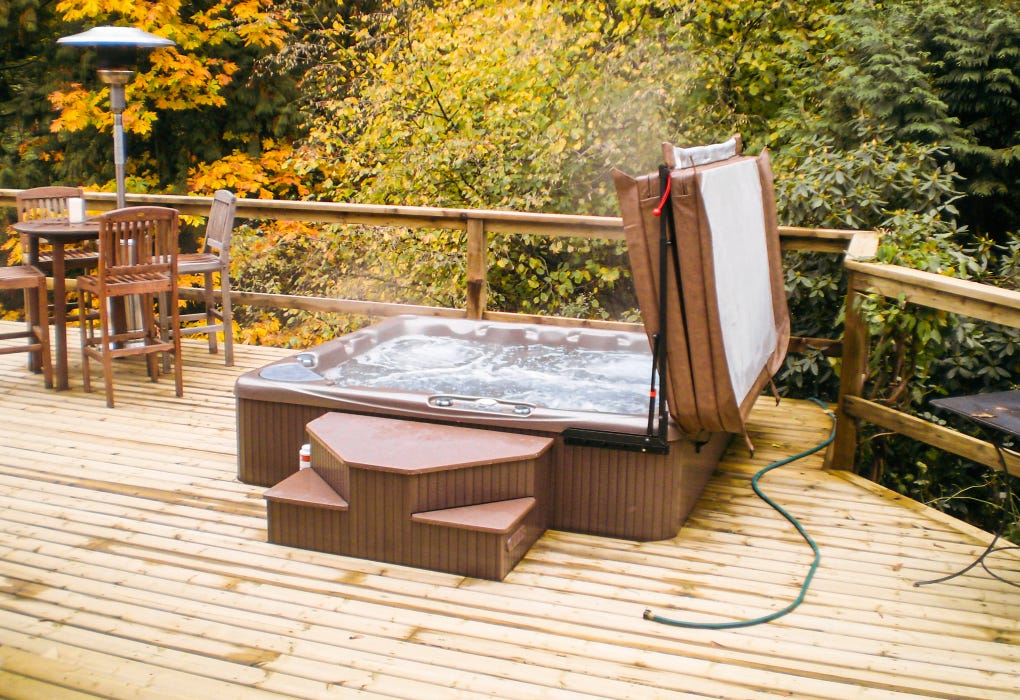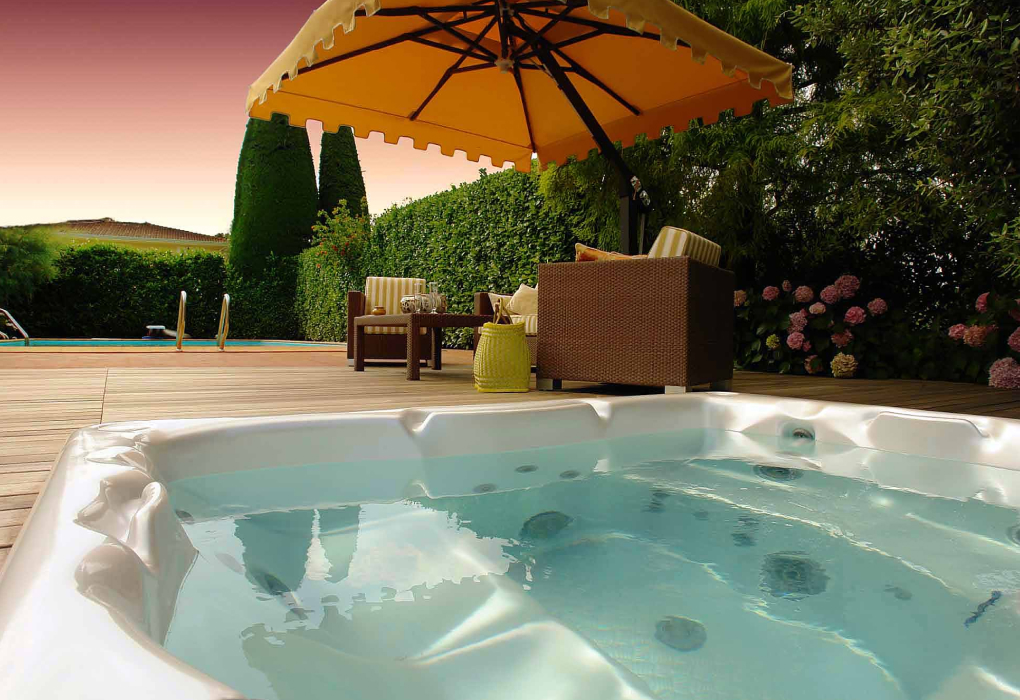The modern-day city of Bath is an area with thermal springs that date back to early centuries. The Iron Age Dubonni ruled the area, and it was previously known as Aquae Sulis. After the Roman conquest of Britannia, they began to build Roman bathhouses in the area from 76 A.D. The baths of Aquae Sulis became one of the biggest public baths outside of Rome.
The History
The Dubonni tribe used the thermal springs in the modern-day area of Bath to worship the Goddess Sulis. They named the springs Aquae Sulis in her honour and viewed them as an area for healing and spirituality. The Celts believed that the springs of Aquae Sulis had natural healing and rejuvenating properties, and that this resulted from Goddess Sulis blessing them.
When the Roman Empire conquered Britannia, they sought out the hot springs in Aquae Sulis because the Roman history of bathing in public baths meant they aimed to create a similar structure in the area. Given the religious beliefs surrounding the baths, they felt it would be the perfect location to introduce the Celts to the Roman culture. When they considered the Celt’s warrior reputation, it was important that they integrated the two civilizations’ beliefs without causing a war. So how did they manage this?
The Romans decided to merge the Goddess Sulis with their own Goddess Minerva. Minerva was the Goddess of wisdom, trade, and the arts. Syncretizing the two meant the Goddess Sulis Minerva was born. The Goddess Sulis was one of the few females to be merged within Roman culture and doing so meant they kept some Celtic beliefs alive.
Over the years, as the people in the area began worshipping Goddess Sulis Minerva at the springs, the Romans built a bathhouse around them. They took on a similar structure to the Roman baths in Ancient Rome. They contained many rooms, and the process of moving from one room to another remained much the same. The Goddess Sulis Minerva became the Goddess of the baths.

The Benefits
Much like previous civilizations, the springs of Aquae Sulis brought a variety of benefits to the area and bathers.
- Ancient Romans benefited from the thermal spas. It allowed a much simpler integration of the two societies. The presence of the springs, and the beliefs surrounding them, ensured there was little to no destruction in the area. It meant the two cultures could unify their beliefs, with the Roman’s allowing the Goddess of Sulis to live on in the area.
- Aquae Sulis’s local people believed the waters were the connection between this world and the world of their Goddess. When they bathed or prayed in the water, they found that they were closer to Goddess Sulis. They often left gifts of jewellery and coins for her.
- For many people, it was a place of recovery and relaxation. They would use the cold, warm, and hot baths to destress after long days, or to recover from using the gym that was in the bathhouse.
- Much like in Rome, the bathhouse at Aquae Sulis became the key for socialising.
The construction of the Aquae Sulis bathhouse was one of the first large scale public bathing facilities outside of Ancient Rome. By unifying the area’s culture and beliefs with the Romans it meant that more people were using water as a therapeutic method. This resulted in a greater spread of bathhouses in Europe. When we look at Baden Baden in Germany, it contains one of the last bathhouses built before the Catholic Church influenced beliefs about water and its effects.
The remains of Aquae Sulis can still be seen in modern-day Bath, England. They are a popular tourist attraction and showcase the intricacies of a Roman bathhouse.
Eager to know more? Download our infographic and sign up for our newsletter to be notified of the next blog post in our timeline!











